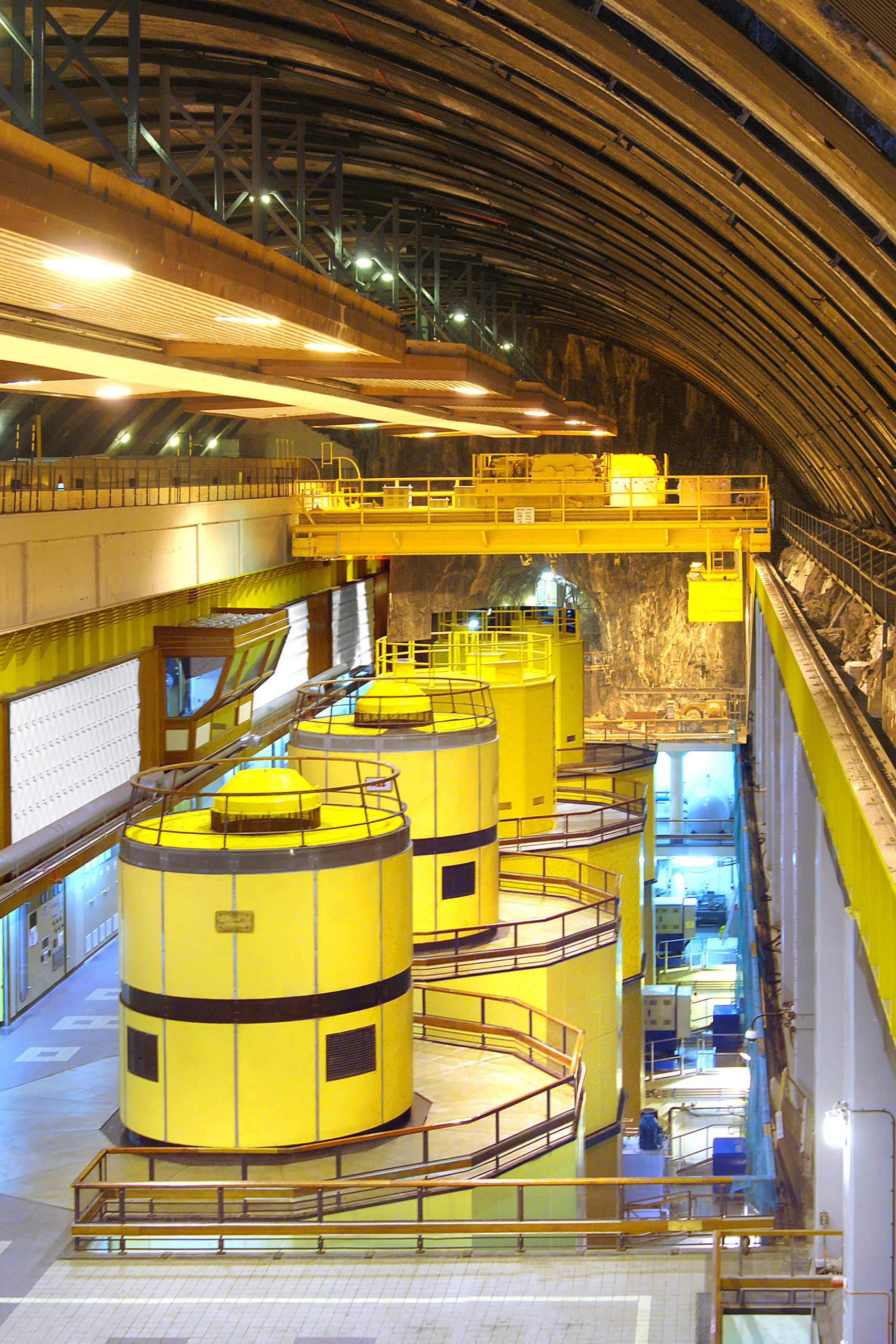Record-breaking renewables output onto Britain’s grid across 2022 couldn’t stop homes and businesses paying almost double 2021’s prices for their electricity, academics commissioned by pellet-burner Drax Group conclude today.
Analysis led by Dr Iain Staffell of Imperial College points to the growing redundancy of gas-fired electricity as the benchmark setting Britain’s market prices for end consumers.
Up by 5% percentage points on 2021, wind, solar and hydro generation for the first time met more than 40% of UK demand over a full year, Dr Staffell’s team at Imperial Consultants found.
For the first time in more than a decade, Britain posted a small surplus – 1.9 TWh – as a net power exporter across all technologies, Staffell’s researchers reveal in the latest Drax Electric Insights report
Despite a record supply of cheap renewables, unified power pricing structures increasingly seen as outdated by critics, pushed the wholesale price of power to all-time highs, on the back of gas supply further curtailed after March by Putin’s assault on Ukraine.
For the first time ever, this year will end with Britain enduring average wholesale electricity prices never dipping below £200 per MWh. Last year, it was £113 per MWh, and in 2020, a tiny £34 per MWh.
Overall generation from UK renewables has more than quadrupled since 2012. On one day this May, 72.8% of power on the grid was low or zero carbon, Staffell’s team report in the periodical.
For the first time, 2022 saw British wind farms break the 20 GWh barrier. The nation’s maximum contribution from turbines is up by a third on only four years ago.
Gas supplied 42% of the country’s power in 2022, its largest share of the fuel mix since 2016, as the fuel filled the gap left by retiring nuke plants.
“This has been a year like no other”, writes Dr Staffell.
“The public are feeling the pain of high gas prices on their energy bills even though renewables are providing the grid with more cheap, green electricity than ever before.
“The lesson from 2022 is that we need to break our addiction to fossil fuels once and for all if we want lower cost and more secure energy supplies”, the Imperial lecturer writes.
“If we had not invested in wind, solar and biomass over the last decade, our energy bills would have been even higher, as would the risk of blackouts over winter.
“The energy crisis cannot be solved by increasing our reliance on gas imported from abroad”, Staffell argues. “We need to turbocharge our investment in clean energy technologies to become Europe’s renewable electricity powerhouse, which will cut fuel bills at home and bring money into the economy by exporting power to our neighbouring countries.”
Gross power exports from both fossil and clean sources quadrupled 2021’s total, reaching 17.2 TWh, and earning £3.1bn for Britain’s economy. Balanced against imports, the nation’s 2022 figure of 1.9TWh net power exported reverses 2021’s deficit. In that year Britain imported a net 22.9TWh.
Burning imported wood pellets in its Yorkshire furnaces, Drax claims to be the UK’s biggest renewable power producer. Adding in 440 MW of pumped hydro at Cruachan, the group’s “hollow mountain” east of Oban – pictured -, the group says it met up to 20% of UK renewable output during times of peak demand in 2022.
Drax Group CEO Will Gardiner added: “We can accelerate and strengthen Britain’s long-term energy security by ending our reliance on expensive, imported fossil fuels and instead increase investment in homegrown renewables, and innovative green technologies such as bioenergy with carbon capture and storage (BECCS) and pumped storage hydro.”
By deploying carbon scrubbing technology at its Selby furnaces, Drax plans to remove permanently 8 million tonnes of carbon dioxide from the atmosphere every year by 2030.





Of that 40% renewable output, how much is made up by Drax’s wood pellet burning?
In November domestic electricity prices in kWh were almost 2.5 times the price for gas, as gas-fired power stations supplied less than half our electric power. This is absurd and makes the cost of electrolytic hydrogen very expensive, which discourages the use of hydrogen-powered vehicles and the adoption of ground source heat pumps to heat buildings. Such pumps are more than four times more efficient in converting electrical energy into heating than gas into heat.
Considering that the wood pellets used by Drax are largely imported from countries such as Canada, the fossil carbon released in growing and harvesting the forests to produce the wood, processing it into wood pellets and shipping them across the sea, raises the question about how green the Drax wood pellets really are?